Exploring the Rise of Small Glass Bottles in Sustainable Packaging Solutions and Their Environmental Impact
In recent years, the demand for sustainable packaging solutions has surged, with a growing emphasis on eco-friendly materials that can minimize environmental impact. Among these solutions, small glass bottles have emerged as a popular choice across various industries, including cosmetics, food and beverages, and pharmaceuticals. According to a report from the Global Packaging Alliance, the use of glass in packaging is projected to grow by 4.4% annually, driven by consumer preferences for sustainable options and increased government initiatives promoting recycling and sustainability.

Small glass bottles, in particular, offer numerous advantages over traditional plastic packaging, such as superior recyclability and a longer shelf life for products. This shift is particularly notable in the beauty and personal care sector, where brands increasingly recognize the importance of packaging that aligns with consumers' values. A recent survey revealed that 75% of consumers are willing to pay more for products packaged in environmentally friendly materials. The rise of small glass bottles reflects a broader trend towards sustainability, illustrating how even minor changes in packaging can lead to significant environmental benefits. As businesses reevaluate their packaging choices, small glass bottles stand out as an effective solution for reducing waste and enhancing brand responsibility.
Understanding the Surge in Popularity of Small Glass Bottles for Eco-Friendly Packaging Solutions
The surge in popularity of small glass bottles as eco-friendly packaging solutions can be attributed to a growing consumer awareness of environmental issues and a preference for sustainable choices. These bottles not only provide a chic alternative to plastic but also boast recyclability and reusability, which resonate with environmentally conscious individuals. Their aesthetic appeal adds value to products, making them a preferred choice for brands aiming to convey a commitment to sustainability.
Tip: When choosing small glass bottles for your products, consider sourcing from manufacturers that prioritize eco-friendly practices, such as using recycled materials or sustainable production methods. This can enhance your brand’s reputation while supporting the broader movement towards sustainability.
In addition, the small size of these bottles encourages mindful consumption and portion control, which further supports sustainability efforts. As brands embrace this trend, they often find that consumers appreciate the versatility small glass bottles offer for various products, from beverages to beauty items.
Tip: Experiment with different designs and finishes on your glass bottles to make them stand out on the shelf. Unique shapes and colors can attract attention while reinforcing your brand’s commitment to quality and sustainability.
Exploring the Rise of Small Glass Bottles in Sustainable Packaging Solutions and Their Environmental Impact
| Dimension | Data |
|---|---|
| Market Growth of Small Glass Bottles (2020-2023) | 30% CAGR |
| Percentage of Consumers Preferring Glass Packaging | 65% |
| Reduction in Plastic Waste Due to Glass Bottle Use | 20% Estimated Reduction |
| Global Glass Bottle Market Size (2023) | $5.8 Billion |
| Recycling Rate of Glass vs. Plastic | Glass: 80% | Plastic: 30% |
| Environmental Impact of Glass Production (CO2 Emissions) | 30% Lower than Plastic |
Analyzing Market Trends: Growth of Glass Bottle Usage in Sustainable Packaging (2020-2023)
The cosmetics packaging market is witnessing significant evolution, driven by various trends that shape its growth trajectory. A notable trend is the rising demand for sustainable packaging solutions, with over 70% of cosmetics brands actively adopting eco-friendly initiatives to align with consumer preferences. This shift signifies a broader movement toward environmentally responsible practices in the beauty industry, where brands are increasingly recognizing the importance of sustainability in their operations and product offerings.
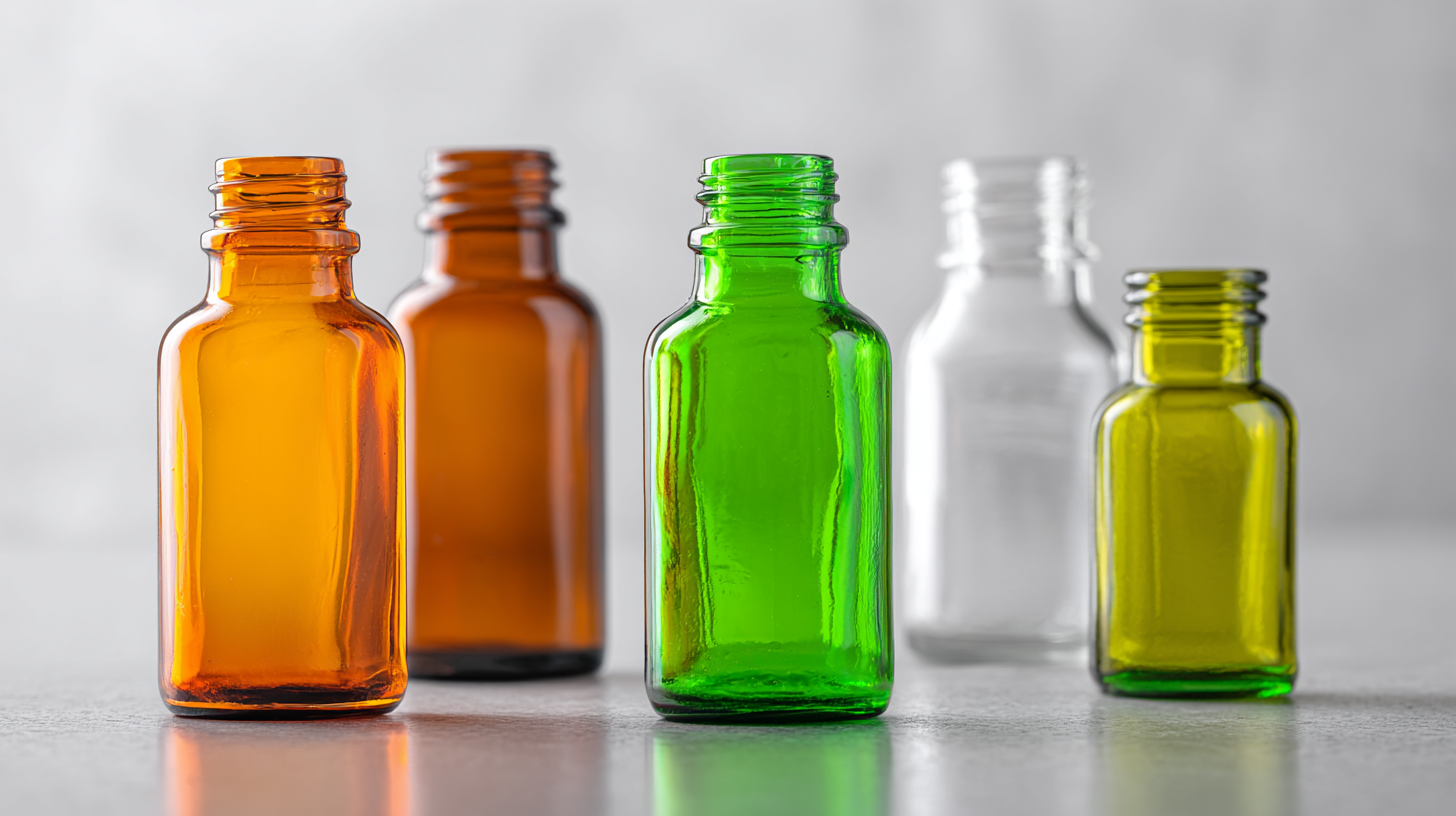
In this context, the usage of small glass bottles has gained traction as a viable alternative to traditional plastic packaging. Glass not only offers a premium aesthetic but also contributes to reducing environmental impact due to its recyclability and the absence of harmful chemicals often found in plastics. The shift towards glass solutions reflects larger market trends, including a growing consumer demand for products that are both luxurious and sustainable. This evolution is indicative of the cosmetics industry's commitment to embracing innovations that prioritize environmental concerns while satisfying an eco-conscious clientele.
Comparative Environmental Impact of Small Glass Bottles versus Plastic Alternatives
The environmental impact of packaging materials has become a focal point in the pursuit of sustainability. When comparing small glass bottles to their plastic counterparts, several key factors emerge. Glass is infinitely recyclable without loss of quality, making it a sustainable option throughout its life cycle. In contrast, plastics degrade in quality over time and often end up in landfills or oceans, contributing significantly to pollution and detrimentally affecting wildlife.
Moreover, the carbon footprint associated with producing glass bottles is generally lower when considering their entire lifecycle. While the initial production of glass requires more energy, it is counterbalanced by its longevity and recyclability. Small glass bottles also enhance consumer perceptions of quality and sustainability, often leading to increased brand loyalty. In contrast, single-use plastics not only pose immediate environmental hazards but also perpetuate a culture of disposability that undermines sustainable practices. This comparative analysis highlights the urgent need for a shift towards glass bottles in packaging solutions, given their environmental benefits and potential to reduce overall waste.
Regulatory Influences Driving Adoption of Small Glass Bottles in Various Industries
The adoption of small glass bottles in various industries is increasingly influenced by regulatory frameworks aimed at promoting sustainability. Regulatory measures, particularly in the food and beverage sector, are pushing companies to reevaluate their packaging strategies. For instance, the global food packaging industry faces significant pressures due to its reliance on plastic, with reports indicating that nearly 300 million tons of plastic are produced annually, contributing to increased environmental pollution. In response to these challenges, many companies are transitioning to glass packaging, which is often favored for its recyclability and lower carbon footprint.
Furthermore, emerging policies aimed at reducing single-use plastics are catalyzing the shift toward more sustainable packaging solutions. In some markets, such as India, the bottled drinking water sector faces scrutiny due to socioeconomic challenges; this has prompted an exploration of more eco-friendly alternatives, including small glass bottles. The increased consumer demand for sustainable options is reshaping industry practices, with studies showing that over 60% of consumers are now willing to pay a premium for environmentally friendly products. As regulations tighten and consumer preferences evolve, the rise of small glass bottles as a sustainable packaging solution is likely to continue, aligning economic viability with environmental responsibility.
Innovative Technologies Enhancing the Sustainability of Small Glass Bottle Production
The production of small glass bottles has seen significant advancements due to innovative technologies aimed at enhancing sustainability. One notable development is the implementation of energy-efficient manufacturing processes, which reduce the overall carbon footprint associated with glass production. These processes often utilize renewable energy sources, such as solar or wind power, which not only minimizes greenhouse gas emissions but also promotes a circular economy by limiting waste.
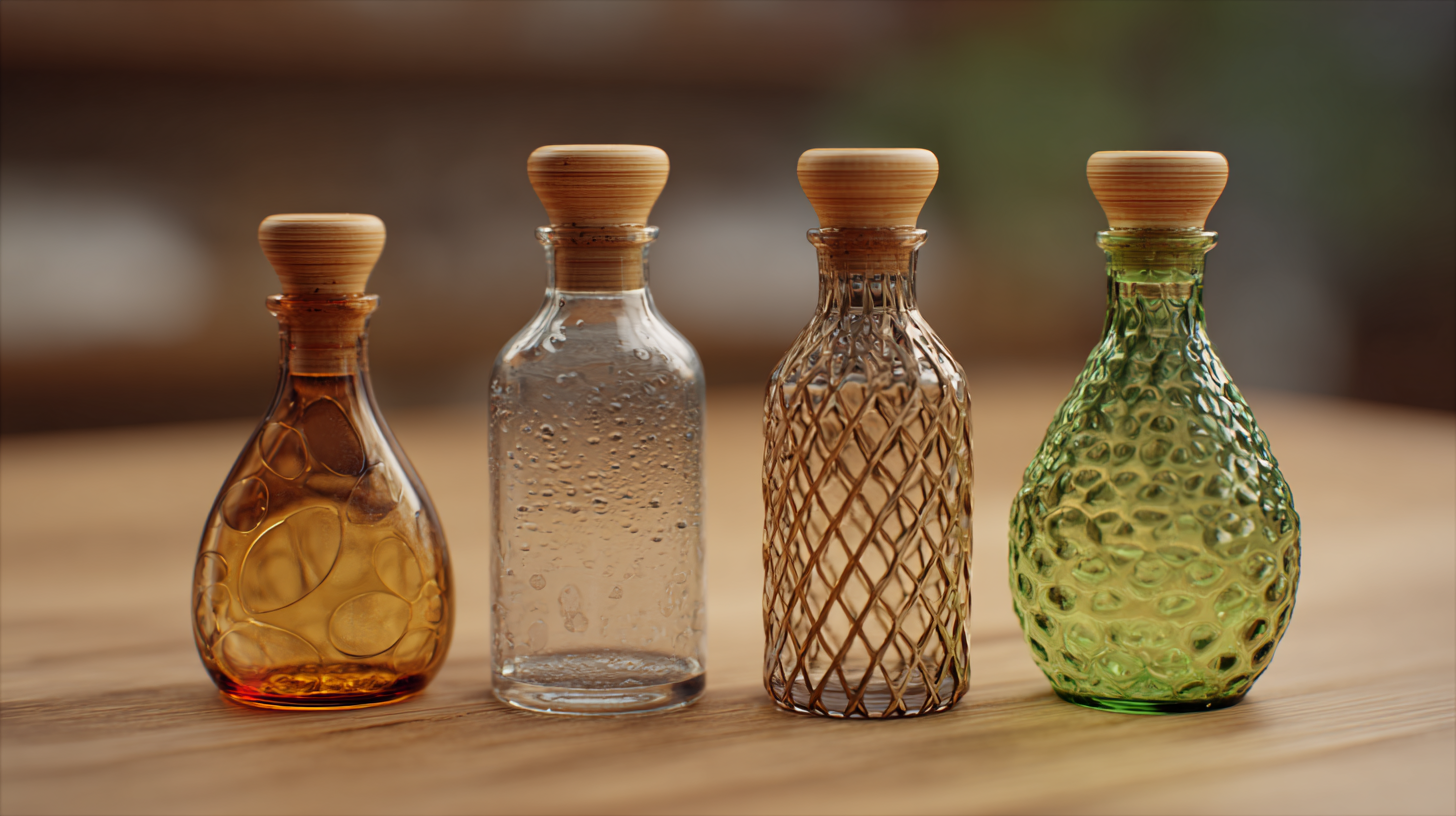
Additionally, advancements in glass recycling techniques have greatly contributed to the sustainability of small glass bottles. Modern recycling methods allow for a higher percentage of recycled glass to be used in new bottle production, thereby conserving raw materials and reducing the energy required for manufacturing. Innovations such as lightweighting—reducing the thickness of glass without compromising its strength—also play a crucial role in decreasing transportation emissions while maintaining product integrity. These technological enhancements not only improve the environmental impact of small glass bottles but also align with the growing consumer demand for sustainable packaging solutions.
Related Posts
-
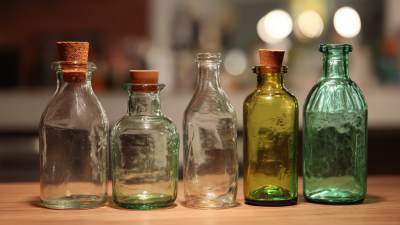
Exploring the Eco-Friendly Benefits of Glass Bottles: A Sustainable Choice for Modern Living
-
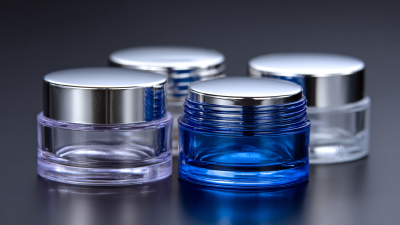
What are the Benefits of Using Eco-Friendly Cosmetic Containers
-

Innovative Trends in Container and Packaging Solutions Driving Sustainability and Reducing Waste
-
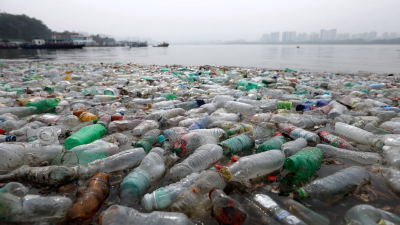
The Untold Secrets Behind Recycling Plastic Bottles for a Sustainable Future
-

Innovative Designs in Cosmetic Containers Elevating Your Beauty Brand Aesthetic
-
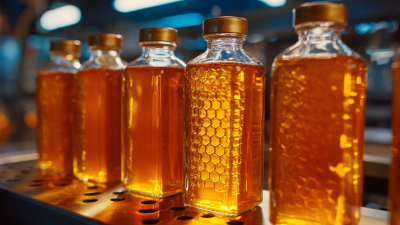
The Sweet Science Behind Honey Bottles: Exploring Storage, Benefits, and Bee-Friendly Practices
